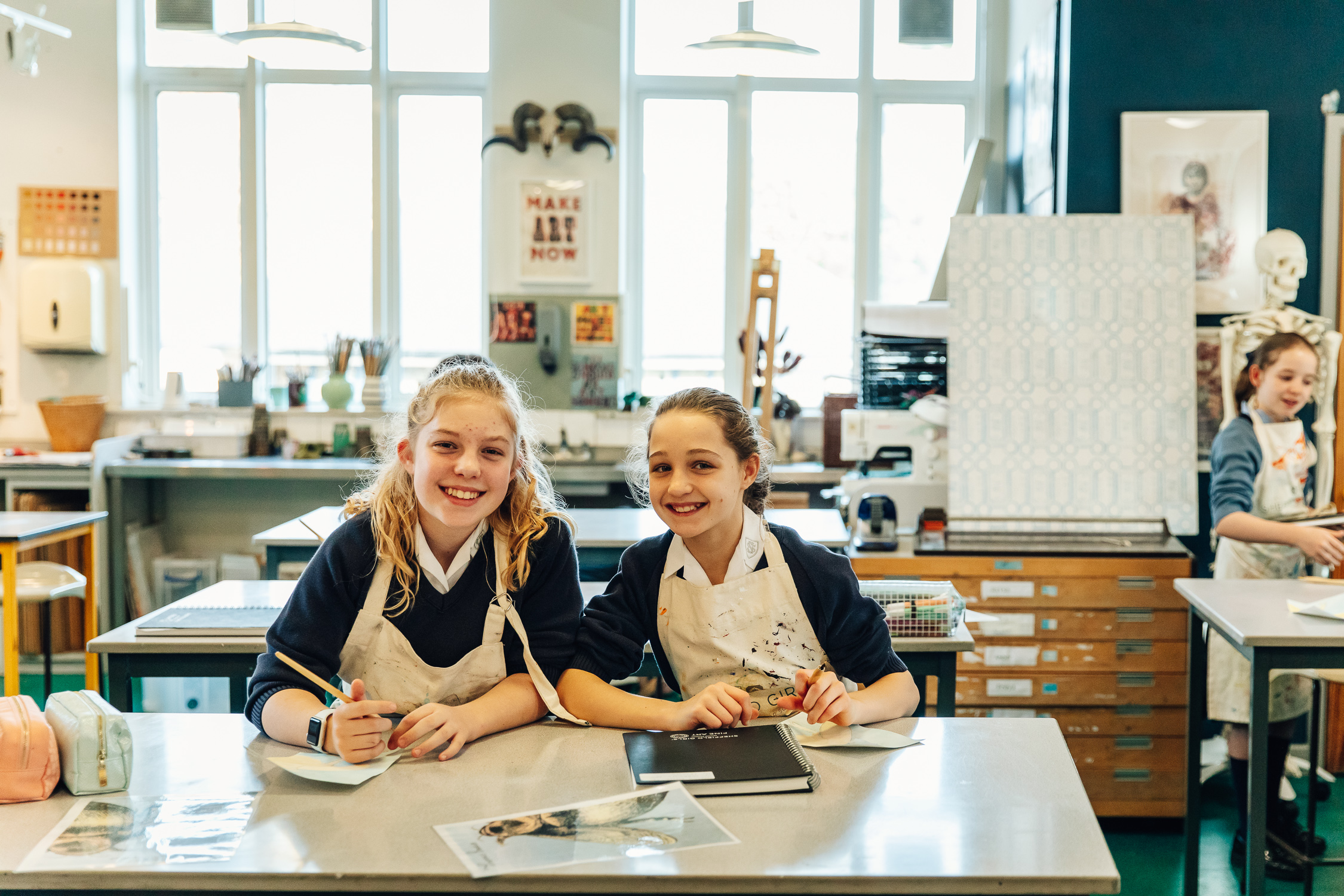Experts in girls – the benefits of a girls only education
Head Nina Gunson talks about why being an all girls' school makes Sheffield Girls' special.
Sheffield High School for Girls was one of the first girls’ schools in England, set up nearly 150 years ago by a group of pioneering and determined women who believed that girls were entitled to the same academic education as their brothers. Schools like ours were founded on the principle that girls can best achieve their potential in an environment specifically tailored to their needs and they were established at a time when education was designed for, and dominated by, men.
Today, society and coeducational schools strive to be more gender-blind but they are still far from gender-equal.
Are schools for girls still required?
There is still a need for great girls’ schools that teach academic subjects and also offer girls the chance to develop their creativity, problem-solving and independence of thought in an environment designed around their specific needs.
I’ll start with a small caveat. A good school is a good school. There are good co-ed schools and good single sex schools. But you can also find disadvantages of co-ed schools and disadvantages of all-girl schools. All schools are different, and some schools will be a better fit for each child than others.
With that said, I want to tell you why I believe girls’ schools are better for girls.
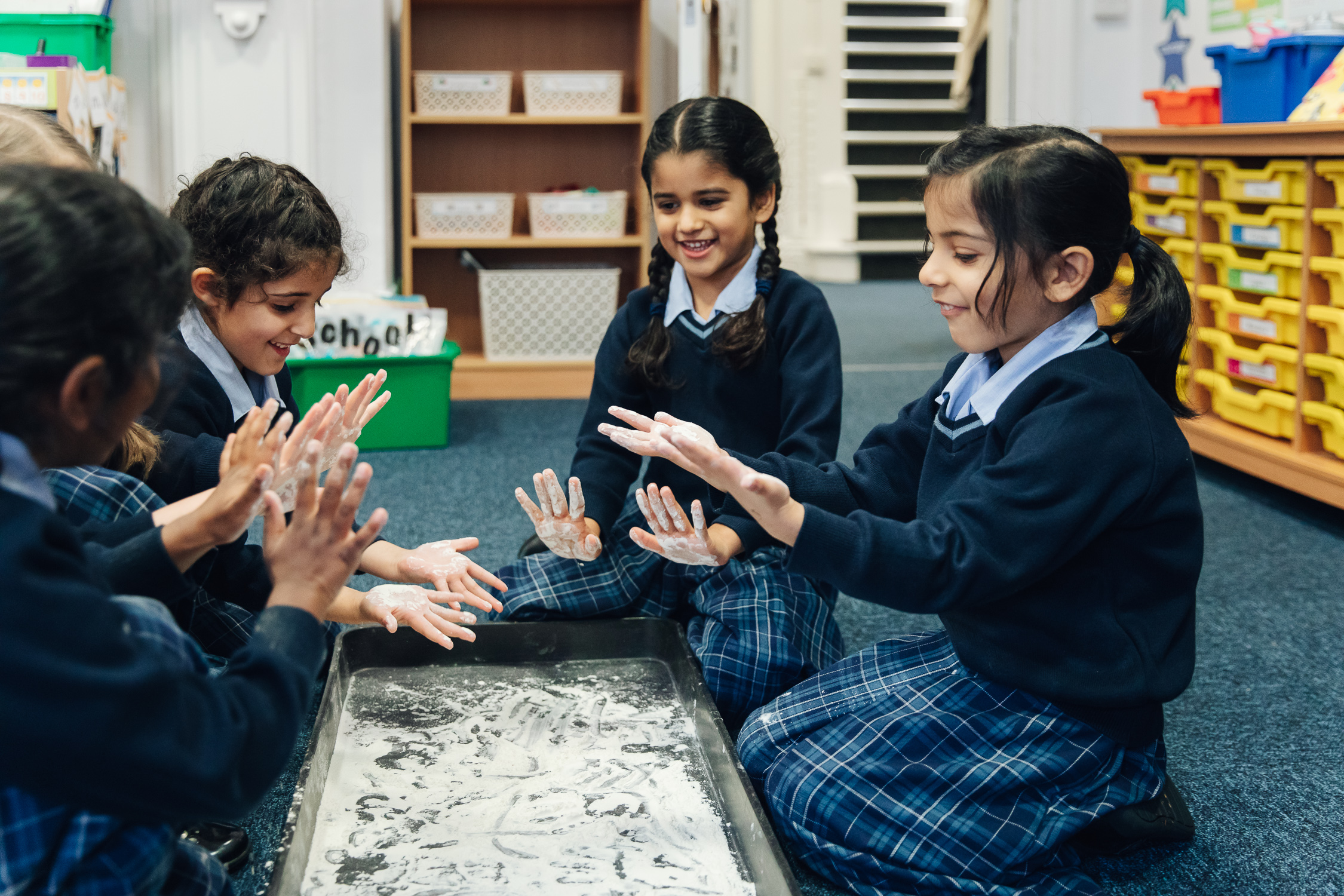
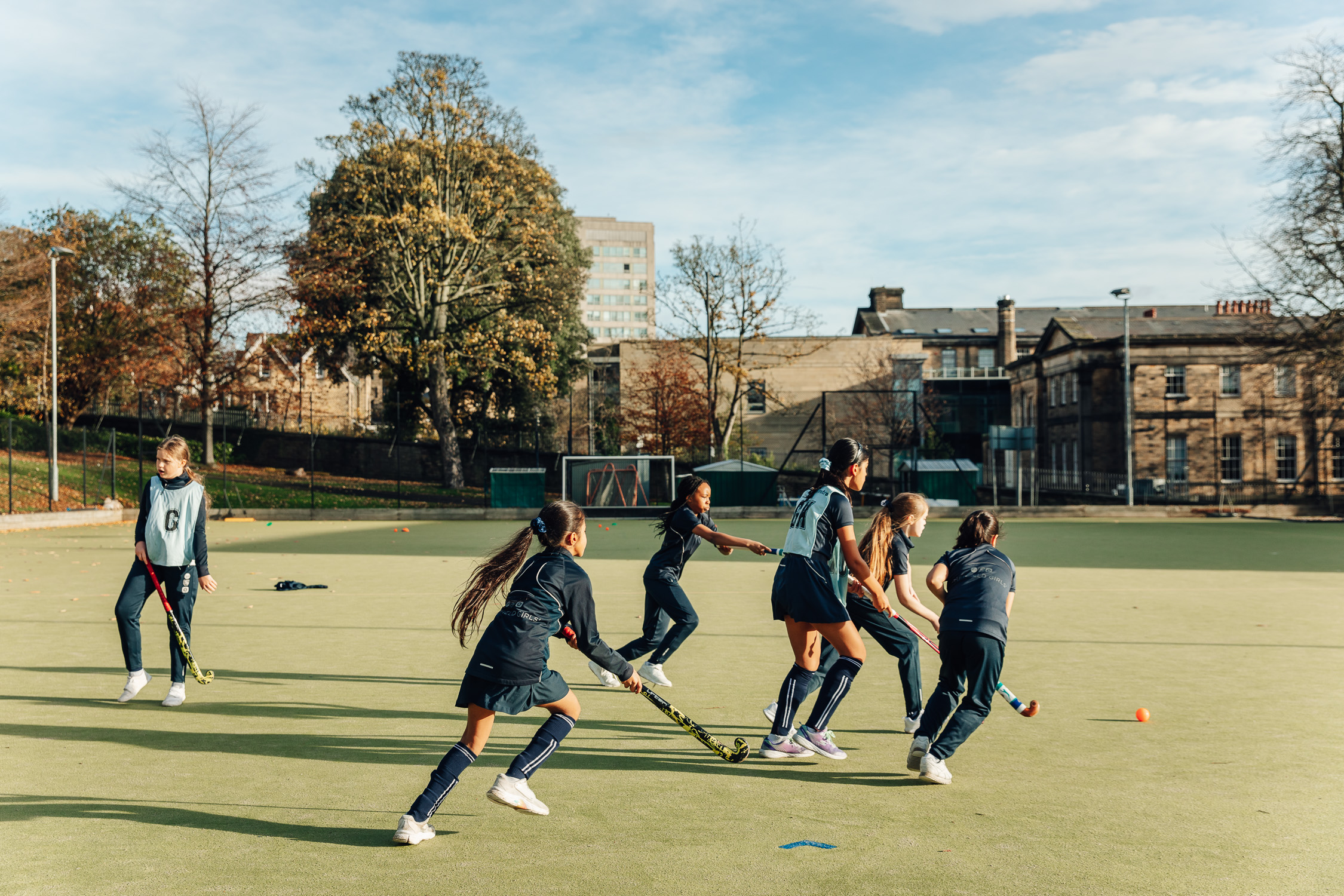
Why are all girls' schools beneficial?
Schools like ours are able to offer a learning environment dedicated to girls’ learning needs and preferences, free from gender-stereotyping and free from distraction.
It’s well documented that girls do better academically in an all-girls school, with Girls' Day School Trust (GDST) schools rankings in GCSE results being consistently high year after year. So, if you want excellent exam results, then sending your daughter to a girls’ school makes sense.
Girls’ schools have a strong tradition of academic excellence, and they dominate the UK league tables with their outstanding exam results.
When looking at GDST school lists, you can see that at both GCSE and A Level, girls in these all girls schools continue to outperform their peers in co-educational state and independent schools.
In our school, approximately half of all A level results are graded A* or A and, last year, the proportion of top GCSE grades achieved by our students was over three-and-a-half times the national average.
But there’s so much more to a great education than just exam results. And certainly, top universities are looking for students who have a broader skill set and experience beyond the classroom.
Girls from our school do get into top universities, and an education from a school like ours helps girls get ahead once they are there.
So how do girls’ schools give their pupils an advantage?
Firstly, there’s less gender stereotyping at single-sex schools.
In girls-only schools, the proportion of girls studying subjects like Maths, Physics and Computer Science at advanced level is significantly higher than the figures for girls nationally. And girls are more likely to apply for courses such as engineering at university if they attended an all girls school.
This doesn’t mean that we think the sciences or maths are better or more important than languages, humanities or the arts, but we do recognise that women are under-represented in these areas and we do not believe in boys’ subjects or girls’ subjects – in a school like ours every subject is a girls’ subject.
Recent research conducted in the UK revealed girls and young women are encountering gender stereotypes in all areas of their lives - online, on TV, in films, newspapers, from their peers, parents and teachers - causing them to change their behaviour because of the pressure they feel to be or act a certain way.
Girls and young women face relentless pressure from seeing and hearing gender stereotypes on a daily basis, with girls as young as seven saying these stereotypes affect their ability to say what they think.
And we are not just talking about attitudes towards certain subjects or career paths; girls and young women say the pressures of gender stereotypes affect their ability to say what they think, affect what they wear, affect how they behave with their peers, how much they participate in class and also how they feel, with many girls saying they feel anxious about the future.
The most common place young women see gender stereotypes perpetuated is on social media, so, whilst we see positive changes being made in the world to strive for gender equality, girls are under more pressure than ever before to feel and act a certain way.
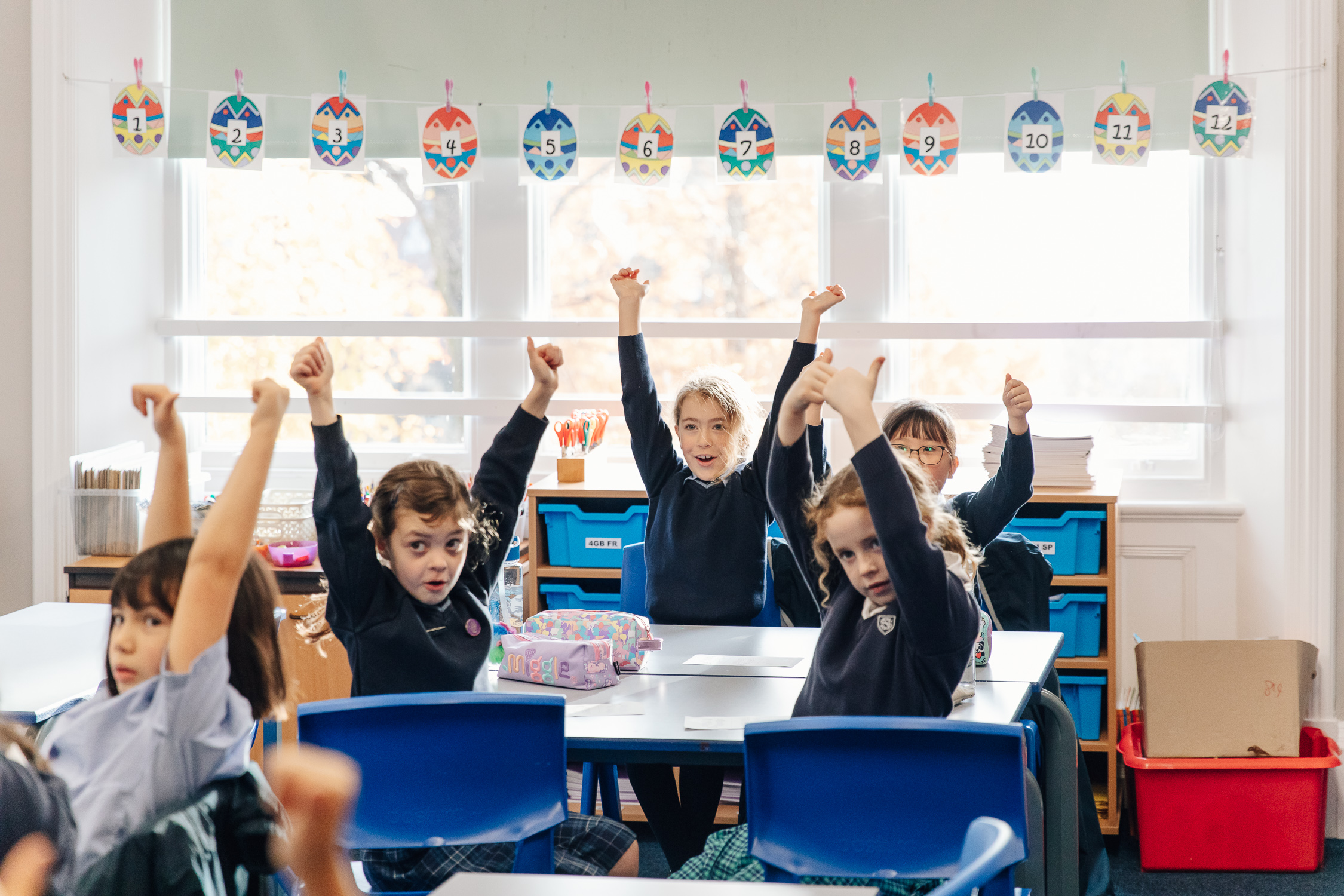

How does Sheffield Girls' tackle this issue?
Schools like ours play a vital role in combating these pressures which can have a powerful and damaging effect on the choices girls make. Single sex schools provide an environment where girls can establish their own identities, attitudes and self-worth free from gender issues during those crucial formative years.
Girls participating in sports and extra-curricular activities increase
Secondly, there are twice as many opportunities for girls – in leadership, drama, sports, music, public speaking and more.
Girls learn to be leaders at all-girls’ schools. Every student leadership position is held by a girl.
It’s guaranteed that a girl will be the head student;
She’ll be the sports captain too.
The director of the school play is a girl;
The captain of the debating team – also a girl.
Girls learn to find their voice and speak up – and they’re less worried about looking either too stupid or too smart.
Girls enjoy sport and exercise more, and, as teenagers, are more likely to stick with it in a single-sex environment. In an all-girls school, there’s as much time and investment in netball as in rugby; in hockey as in football; in rounders as in cricket. And girls also get more chances to take part in games and activities like badminton, dance, trampolining or gymnastics.
The breadth of extra-curricular activities on offer at schools like ours, also provide the girls with chances to be adventurous and self-sufficient, by completing expeditions both in the UK and overseas; to be creative, innovative and solution focussed, by entering, and winning, national and international competitions in everything from art and creative writing to robotics and engineering; and to develop their employability skills by volunteering in the community and running their own enterprises in school.
All this helps develop a self-confidence that stays with them throughout their lives. There is research currently that shows girls’ confidence starts to decline at the age of 8, and it only improves from the age of 80. And a recent attitudes survey shows that one of the big reasons girls are put off being leaders is because they don’t always feel they have the confidence.
In single sex schools, we instil in girls the confidence they need for a successful future.
What better reason for girls’ schools to thrive?
And, importantly, confidence and leadership qualities are just the sort of things that leading universities and employers look for in applicants.
We make our girls feel heard
Thirdly, there’s lots of evidence that, in a mixed environment, girls get less attention than boys.
Even in a class that is a 50:50 split between boys and girls, boys get far more than 50% of the teacher's time - they interrupt more, they ask more questions, they get more help.
Girls often worry about ‘looking stupid in front of boys’ and, sadly, girls often adapt their behaviour in the presence of boys, to their own disadvantage.
For instance, taking on supporting or moderating roles in discussion and avoiding risk-taking in inquiry.
They are also more afraid of making mistakes in the presence of boys, which is a vital part of learning.
An all-girls classroom helps build risk taking and resilience. Young women need to be brave enough to ask a question in a board meeting, or to disagree with the views of others. They need to be able to handle the unfairness of life and be equipped with the strength to try, and fail, and try again.
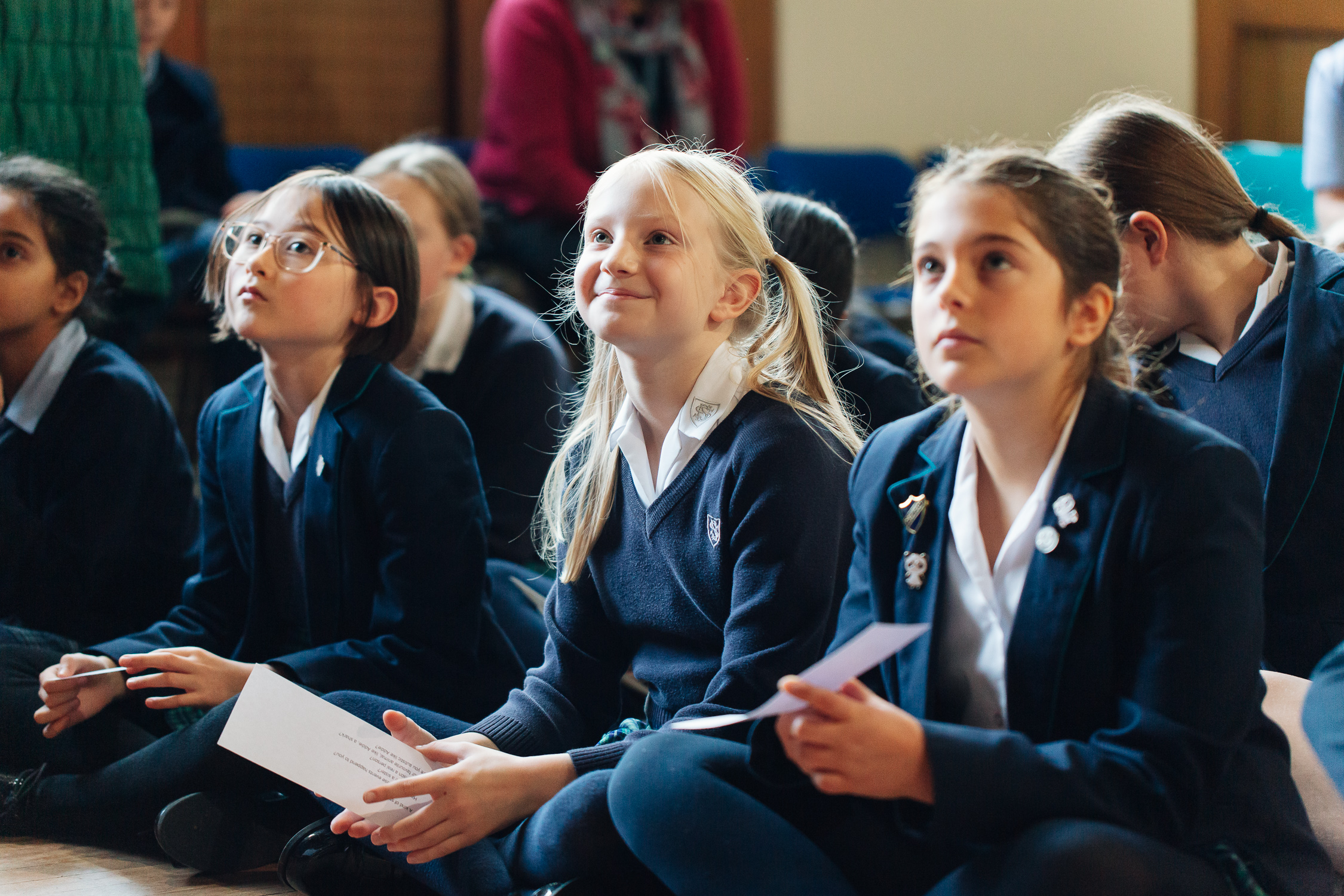
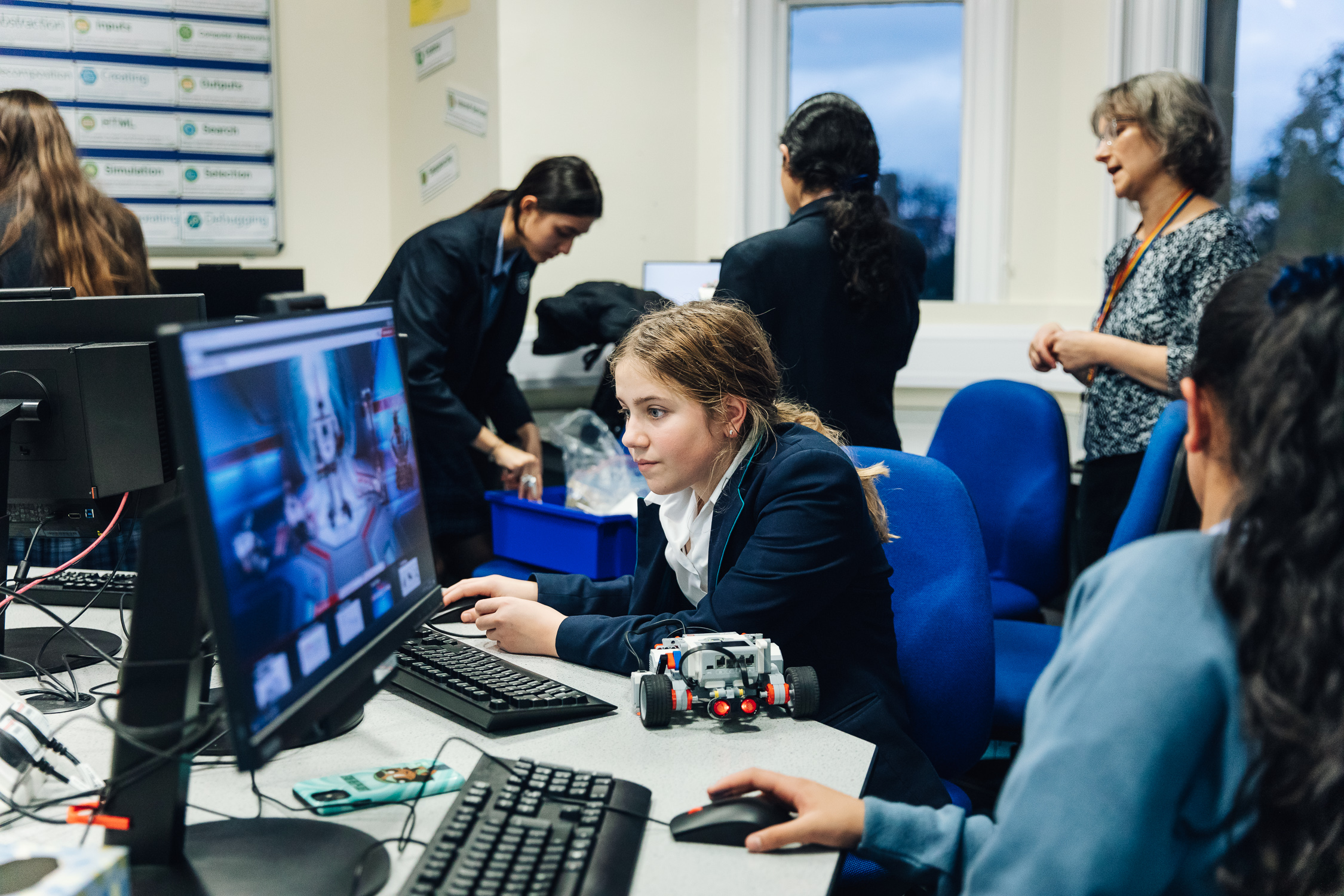
All girls schools are exclusive and designed for her
Finally, and most importantly, a girl’s years at a girls’ school may be the only time in her life that she will be in an environment that is designed exclusively with her in mind; with people that put her at the centre of all they do.
The world was not designed by women and it wasn’t designed for women.
But all girls’ schools are.
Teachers in girls’ schools are experts in teaching in ways that help girls learn better.
Single-sex settings allow teachers to focus more effectively on the needs of individual girls. And girls achieve more when they are given their own dedicated space in which to develop.
Girls, for a variety of reasons, tend to have learning needs, styles and preferences that are different to those of boys.
Typically, girls prefer cooperative, discussion-led learning environments; they adapt better to coursework tasks and collaborative, project-based activities and they respond better to different forms of curriculum content.
Girls prefer to work more thoroughly through their work, ensuring they understand finer detail as their knowledge builds, while boys often want to race through everything returning to revise at a later date.
Differences in the way boys and girls respond to feedback also has implications for teaching and learning styles. When a girl gets a bad mark, she is much more likely to say it is because she is hopeless at that subject, whereas, a boy is more likely to blame it on the teacher. In a single-sex school, teachers can tailor their practice much more closely to the needs of their students.
It’s not, however, just about the teaching, although that matters hugely, the learning environment itself is also extremely important.
Girls’ schools are inspirational learning and living environments which aim to nurture each pupil’s potential and develop her as an individual. Unless you have spent time in a girls’ school, it is hard to describe the ethos and atmosphere that they work so hard to nurture.
I am so proud of the culture in our school – there is a strong sense of community built on mutual respect; every girl is free to be herself and our school values of positivity, kindness and courage can be seen in all that the girls do and achieve.
Every day, we see how girls excel in an ‘all girls’ environment.
In summary, girls who attended girls-only schools:
- are less likely to conform to gender stereotypes
- are less constrained in their choice of subjects
- show a greater propensity to take risks and to innovate
- perform better in examinations
- have more opportunities to show leadership,
- are more career orientated, and
- go on to be more successful in the job market.
The GDST describes its schools as places where girls learn without limits, so that when they leave us they have the confidence and the capability to lead lives without limits.
We firmly believe that girls’ education has never been more important because it has a purpose and a unique position in a world that can only benefit from the contribution these girls will make to a better future for us all.
Learn how to apply to our school, and start your child's journey to an unparalleled education where she can excel and perform to the best of her abilities.
